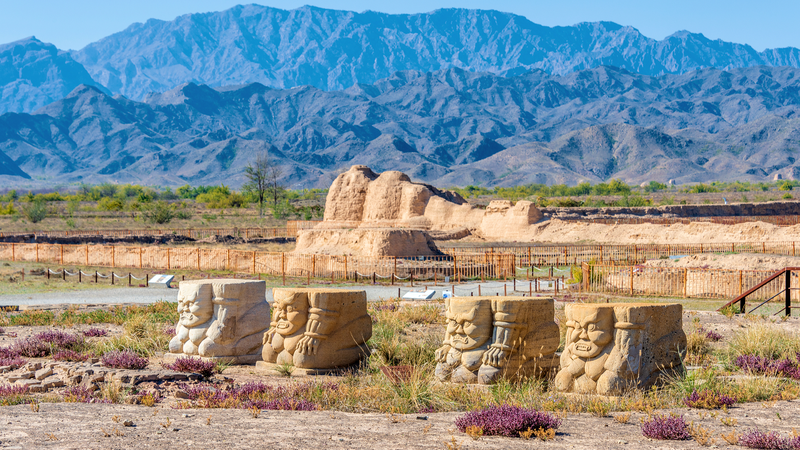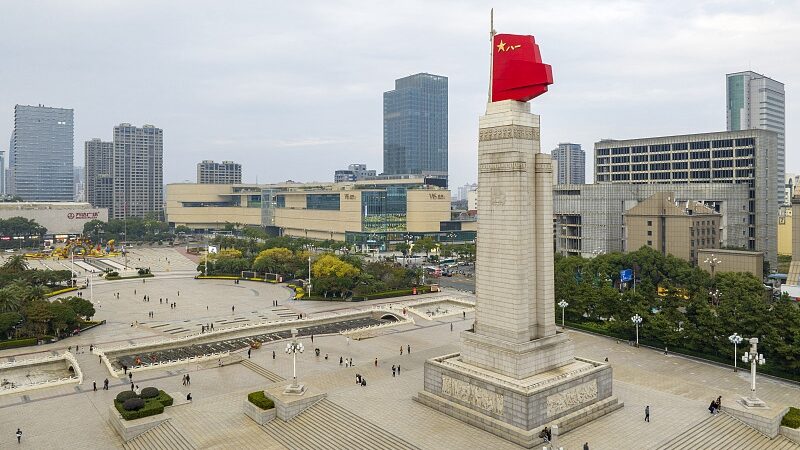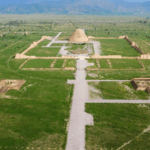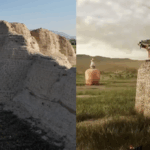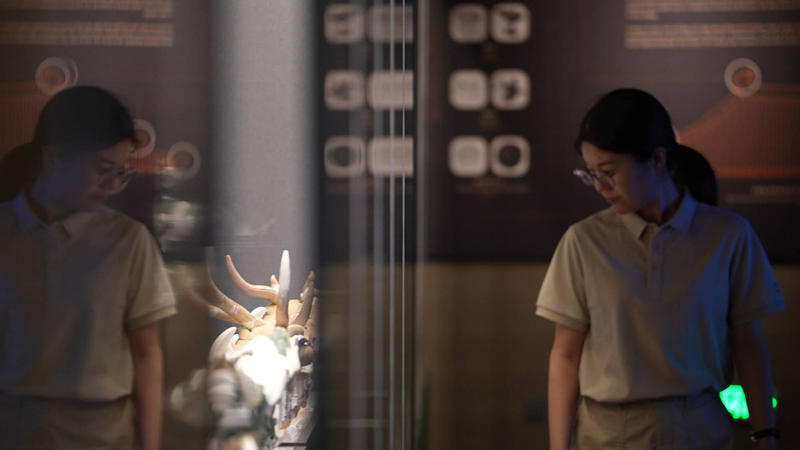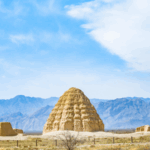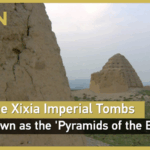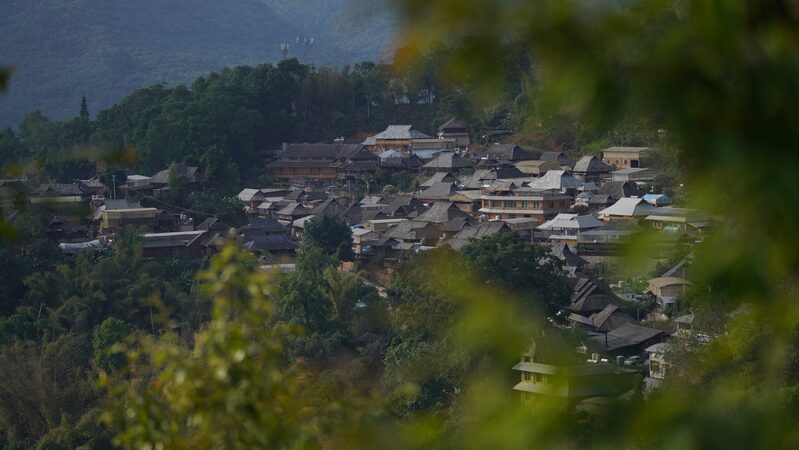China's Xixia Imperial Tombs, a sprawling archaeological treasure often dubbed the "Pyramids of the East," have been officially inscribed on UNESCO's World Heritage List. The decision was announced on Friday during the 47th session of the World Heritage Committee in Paris, cementing the site's global cultural significance.
The complex, located in northwest China's Ningxia region, spans over 50 square kilometers and includes nine imperial mausoleums, 271 subsidiary tombs, and more than 7,100 artifacts. Its unique blend of Buddhist and Tangut architectural styles offers a rare window into the 190-year reign of the Western Xia Dynasty (1038–1227), a multicultural empire that once thrived along the Silk Road.
UNESCO's recognition highlights the tombs' exceptional value in showcasing imperial burial traditions and cross-cultural exchanges between nomadic and agrarian civilizations. The designation is expected to bolster preservation efforts and attract renewed interest from historians, travelers, and investors eyeing cultural tourism opportunities in the region.
Reference(s):
Live: Echoes of time Ep. 2 – The mysteries Xixia Imperial Tombs
cgtn.com
